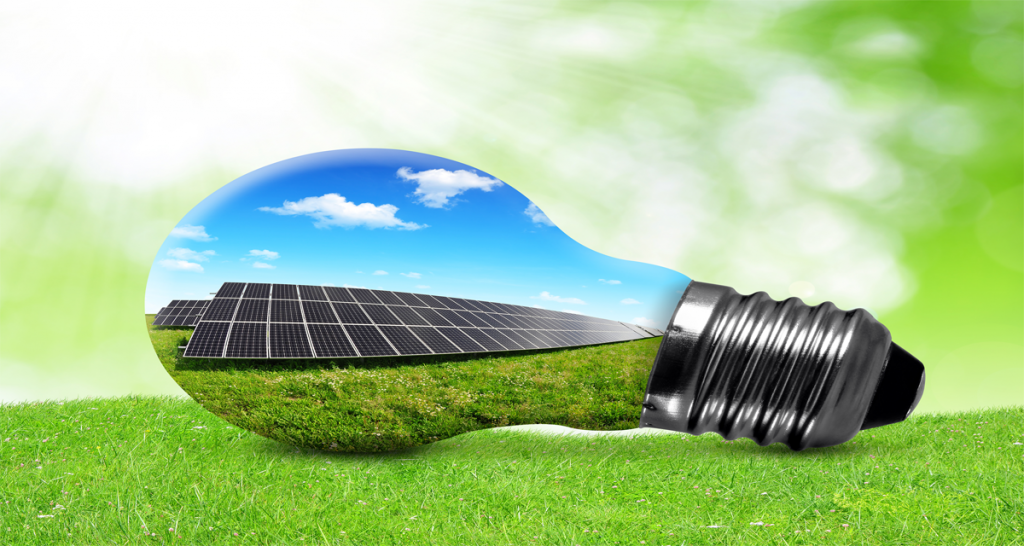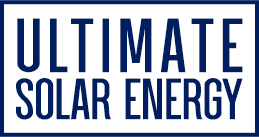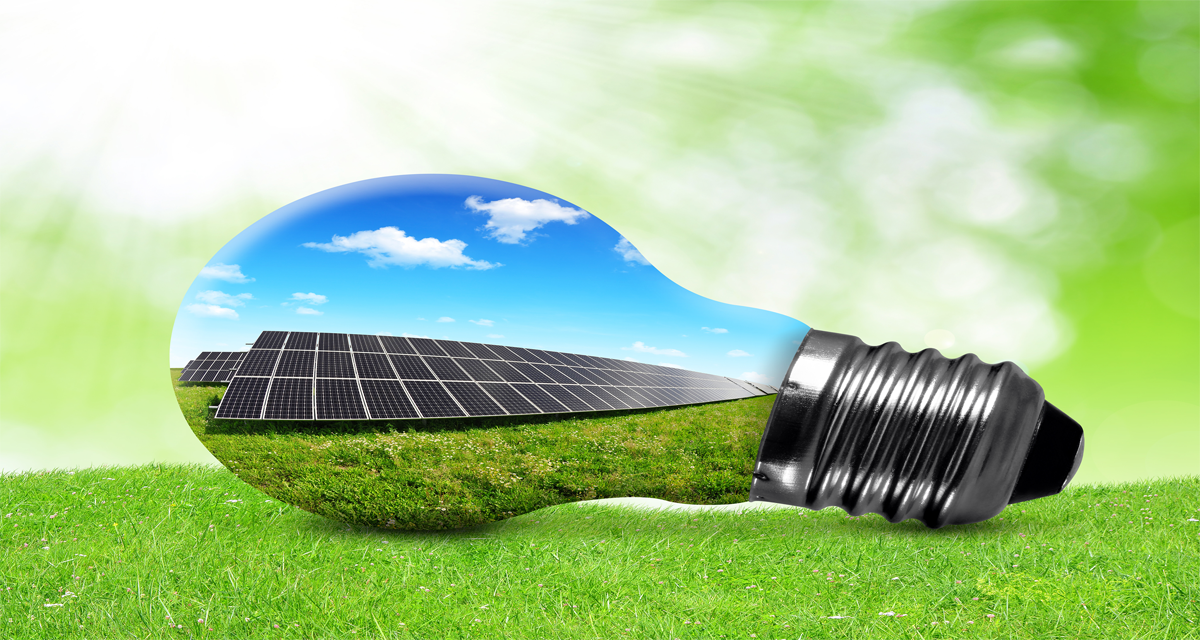Solar power could be the cheapest way to generate electricity by 2025
Solar power has come along way recently, especially as 2019 hit new heights for both national and global efforts. But one of the biggest breakthroughs could actually be in arm’s reach, all through the technology of perovskite innovation.
According to Oil Price, limitations around harnessing the maximum possible energy from the sun is still affecting progress across renewable energy. However, perovskite solar cells could soon change this.
The current situation
The sun is where we collect the majority of our energy. As Oil Price notes, it sends out 430 quintillion joules of energy every hour, but humanity is only actually able to consume 410 quintillion joules per year. That’s a lot of excess energy that’s going unused, so how exactly are we to benefit from this with current technology?
Positioned in the U.S., a public-private body has been created – known as the US-MAP – to rapidly increase the development of low-cost perovskite solar cells for use across the global marketplace.
Solar panel technology needs to advance
We’re well on our way towards improving solar system technology, especially as renewable efforts continue to ramp up under political programs.
According to IEA, 2.2 percent of the world’s total electricity consumption in 2018 (a huge 26,571 GW) was provided by solar power. In the scheme of things, that’s minuscule, and that was even after a 20 percent increase in PV installations.
The problem remains in the fact that 90 percent of these developments are created from PV panels (photovoltaic) that are crafted from crystallized silicon. While they have their benefits – like durability and easy installation – they are still largely inefficient in comparison to technology that’s now in the pipeline.
Current tests and experiments with perovskite panels – in order to replace silicon designs – are providing hope for the sector to increase cost-efficiency and performance across global developments. This comes after many years of scientists dabbling with crystal formations to see what options can capture more energy (over silicon). But until now, there hasn’t been much proof in the pudding.
The perovskite breakthrough
It’s expected that perovskite crystals could break through this challenge of efficiency.
Defined as a “family of crystals named after Russian geologist Leo Perovski”, perovskites are a bunch of minerals that could ultimately be the foundation for extraordinary energy conduction. They feature a plethora of advantages that alternative thinner filmed PV panels can’t provide, especially across wave-lengths and the ability to provide a more intense, higher volume of electricity.
Experiments started back in 2021 when cells were created successfully with this material. Since then, designs featuring perovskite have rapidly increased, and newer innovations can even achieve up to 20 per cent more efficiency.
From here, US-MAP intends on resolving challenges around the manufacturing of these panels, also attending to sustainability issues that may come with it. However, if all goes well, we may just see solar power become the cheapest way to create electricity by 2025.


